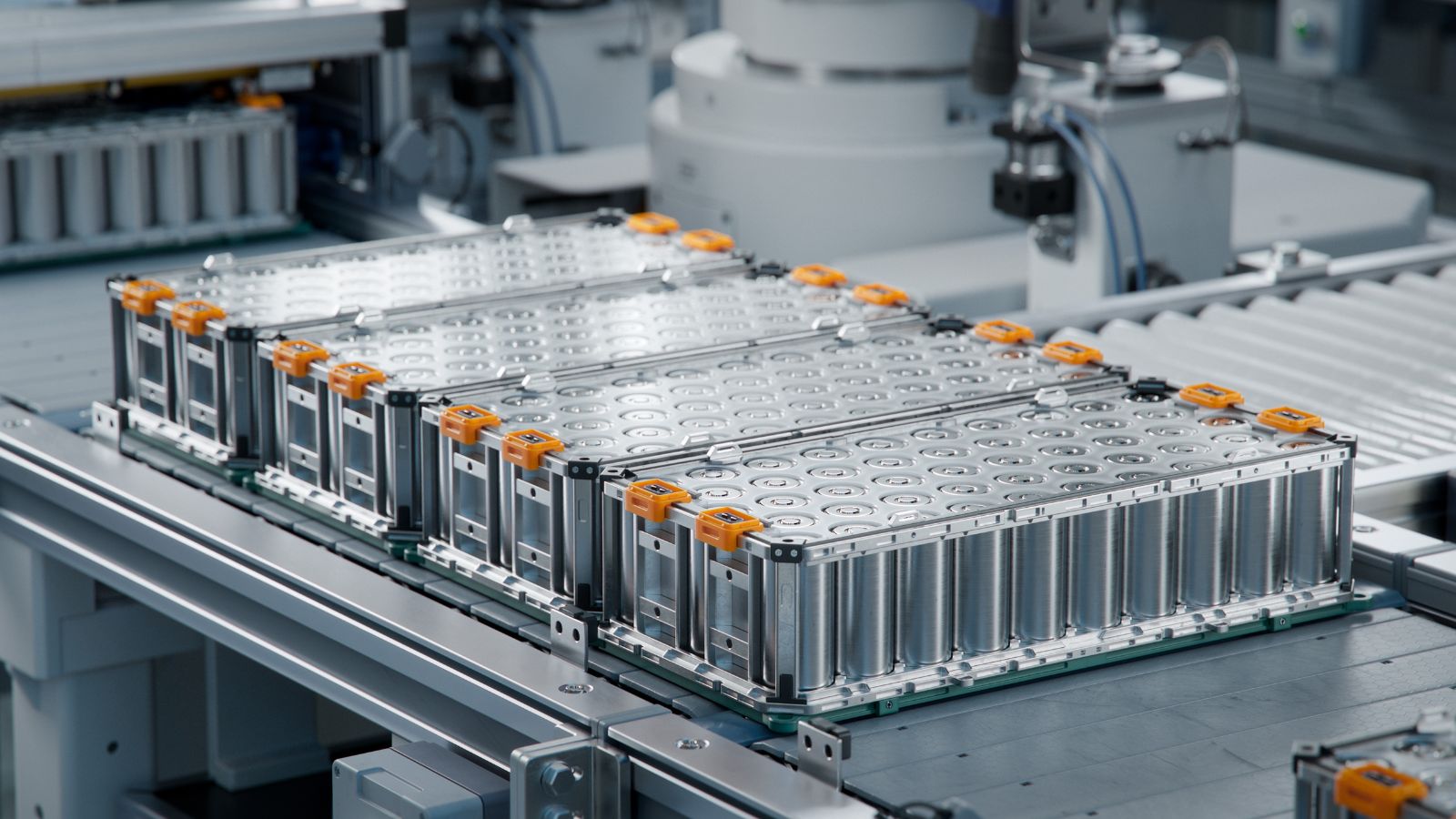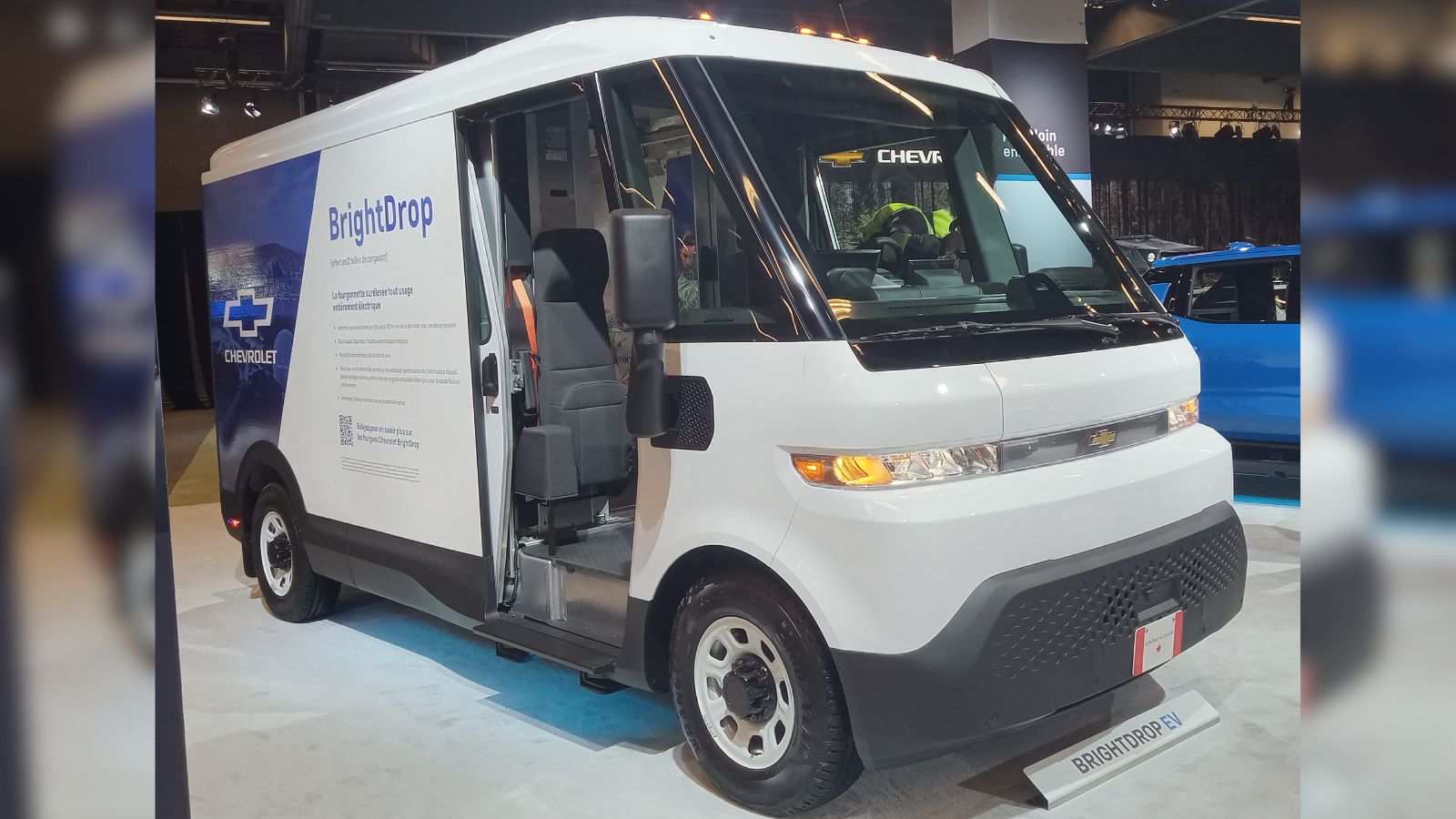The Ontario government is considering legal action after General Motors paused production of BrightDrop electric delivery vans at the CAMI Assembly plant in Ingersoll. The province says public funding helped support the factory conversion with the clear understanding that the project would create stable jobs and long term electric vehicle manufacturing capacity in Ontario. With production now stopped and workers facing reduced hours, the province wants to know whether GM has upheld its commitments.
A Deal Built on Public Funds and Long Term Plans

When GM announced the BrightDrop program for CAMI, it was celebrated as a landmark moment. The plant would shift from building gas powered vehicles to producing commercial electric vans, making it the first large scale EV factory of its kind in Canada. Both the provincial and federal governments contributed funding for the transition, along with incentives to retain jobs and support retraining.
For the region, this was more than another product cycle. It was a promise that Ontario would play a central role in the new era of North American auto manufacturing. Workers who had experienced layoffs in the past saw the move as a chance to restore stability and pride in their community.
Production Paused as Fleet Demand Slows

GM says the pause is due to reduced orders from commercial fleet customers. Many delivery and logistics companies are still evaluating the real world costs of switching to electric vans, including charging infrastructure, maintenance planning, and overall return on investment. The shift to EV fleets has not progressed as quickly as early forecasts suggested.
GM insists the pause is temporary and that BrightDrop remains part of its long term strategy. However, for the workers on the ground, a pause does not feel temporary. Paychecks are affected. Training momentum is interrupted. Confidence in the plant’s future becomes uncertain again.
Ontario Says Promises Must Be Kept

Premier and cabinet ministers have made it clear that Ontario is reviewing the original agreement tied to the financial incentives. The province intends to determine whether GM has lived up to the employment, output, and investment commitments outlined at the time of the deal. If not, the government says it is prepared to pursue legal action to recover funds or require additional compliance.
This is an unusual stance. Governments often avoid direct confrontation with major automakers because of the economic influence they hold. Ontario’s public approach signals growing frustration with companies that accept public support while shifting production strategies without warning.
Workers and Communities Are in a Difficult Position

The CAMI plant is central to the Ingersoll economy. When production slows, the impact is not limited to the factory floor. Machine shops, local suppliers, restaurants, daycare centers, real estate agents, and retail stores all feel the pressure. Families who believed the BrightDrop project would provide steady employment now face familiar anxiety.
Many of these workers have already lived through industry changes. They remember when auto jobs were considered secure careers that could support a household. This situation revives fears that the electric vehicle transition could leave workers exposed if companies shift priorities.
Why This Matters for Canada’s EV Manufacturing Strategy

Canada is competing aggressively to attract EV and battery manufacturing. That effort relies on trust between government and automakers. If project commitments appear unstable, future deals become harder to negotiate. Companies want flexibility to respond to market needs. Governments want assurances that public money will lead to real, lasting economic benefit.
This BrightDrop pause may become a reference point for how future incentive agreements are written. Stronger enforcement clauses, clearer job guarantees, and scheduled production reporting may become standard practice. The outcome will shape how confidently Canada can claim a leadership role in electric vehicle production.
The Road Ahead

Negotiations between GM and Ontario will continue, likely behind closed doors. Demand for commercial EVs could rebound as battery prices fall and charging networks expand. The question is whether confidence can be restored before workers and suppliers face deeper disruption.
25 Facts About Car Loans That Most Drivers Don’t Realize

Car loans are one of the most common ways people fund car purchases. Like any other kind of loan, car loans can have certain features that can be regarded as an advantage or a disadvantage to the borrower. Understanding all essential facts about car loans and how they work to ensure that you get the best deal for your financial situation is essential. Here are 25 shocking facts about car loans that most drivers don’t realize:
25 Facts About Car Loans That Most Drivers Don’t Realize
